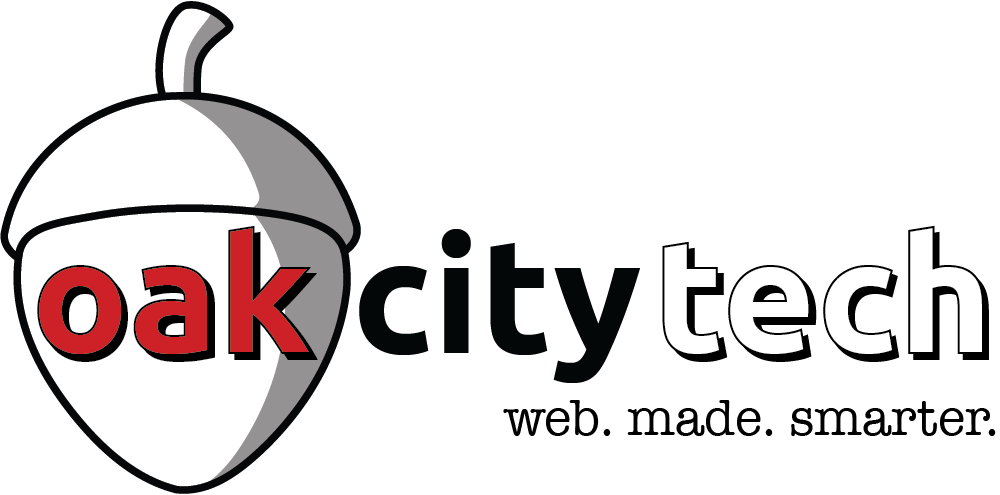How To: SEO Optimization For Blogs In 3 Steps!
Blogging is virtually a requirement in today’s online environment, for all industries. If you hope to rank on Google and generate leads through your website, curating consumer-valued content is absolutely essential. Unfortunately, the Catch-22 of on-site blogging is that unoptimized content may actually hurt your SEO rankings with Google. First, this means using consistent keywords, tags and links that are in line with your website’s message. It goes still further, though. Here are 3 steps to follow to write SEO rich blogs that will generate traffic and help you bring in leads!

Step 1) Do Your Research
This is by far the most important thing you could do when writing a blog/content for your website. SEO-focused blog research requires you to answer two questions:
-
What keywords should you use?
-
What should you actually write about?
Keyword Research
The use of the correct keywords is incredibly beneficial. Remember, all keywords are not created equal! Sometimes, choosing to use “Plumber” instead of “Plumbing” can be the difference in whether or not Google provides you as top search result or not. Some keywords have stiff competition in metro areas and thus may not be a great idea for you to target (e.g. Don’t try to rank for ‘coffee’ in Seattle).On the flip side, some keywords may make sense to you, in your industry, but people simply don’t Google those phrases (e.g ‘flange tubes for transformer insulation’) The only way to find this out is by doing keyword research. Learn more about Keyword Research here!
What Should I Write About?
The most common problem for people trying to curate a constant flow unique business content. Most businesses will have a solid content plan for a few months, but then quickly run out of ideas. The easiest way to create quality content while avoiding the topic selection struggle, is simply to answer commonly-asked questions about your industry. For example, in the SEO industry new clients always ask us the same few questions like:
Remember that Google is the world’s most elaborate question and answer machine ever devised. People use Google to have their questions answered correctly, quickly and efficiently. By answering commonly-asked questions, you stand a much higher chance of being the top result they find when Google provides them a list of answers.
Step 2) Using “Tags” Effectively
Now that we have identified good keywords, where the heck do they go? You might not know what tags are, but they are actually pretty simple. Every website has what’s called HTML code. This code is the background structure of all websites on the internet. Inside this HTML code are “tags”, which basically tell Google what is on this page and how important the information is.
Basic tags are:
- Headers size 1-3 (H1, H2, H3)
- Paragraphs (P tags)
- Bullets (li)
- Alt Text In images (img src=”picture.gif” alt=”example text”)
H1 tags are the main title of your article or other large headings. H2 and H3 tags are sub headings that are used for organization purposes. In every H1-3 tag applicable you should include your identified keywords, while taking care not to look like spam. Also you should include city and state identifiers in these tags. A good example of a keyword and location H1 would be “Need A Web Developer In Durham, NC?” In this phrase, “Web Developer” is my targeted keyword and “Durham, NC” is the city identifier!
Keep in mind that many websites have user interfaces that do not require you to use code to input “tags” like this. If you do not use HTML to edit your content on your website, your visual editor will most likely have an alternate option for designating headers.
Step 3) Using “Links” To Your Advantage
In content curation for SEO it is incredibly important to insert links to other sites, citations or related content. By linking to something, you are telling Google and a user that this information is both related and important. There are two main types of links:
External Links
External links are a fantastic tool in any bloggers work. External links are used for things like citing statistics, relating your content to other content elsewhere on the internet, or even just giving another content creator a shout out for their work. Every link you put out there is beneficial to the website you are linking to. External links are also how all websites are connected together on the internet. Odds are Google indexes your website through a link it followed on another website to yours. Indexing is pretty neat stuff, learn more about it here!
Internal Links
Internal links are exponentially important for SEO. These are links that are solely used for linking other content on YOUR website. A good example of this is above. When talking about keywords, the paragraph explained what keyword research was in a basic sense. Then we provided a link to another blog on our site that is solely dedicated to explaining more in depth what keyword research is! This method is a great way of showing a reader that you may have more content they may be interested in as well as telling google these blogs are related. It’s a win-win!
Want This Handled By An Expert?
Get back to your job and get this handled by a professional. Yes, I Need Help!Not Ready To Get Started?
We can still help you attract new business while working to grow revenue from existing clients and strategic partnerships. Get actionable advice & information right in your inbox from industry experts and professionals.
Google Creative Certified
Google Analytics Certified
![]() Follow our story
Follow our story
![]() WHERE WE ARE
WHERE WE ARE
Oak City Technology
800 Park Offices Drive #3202
Durham, NC 27709
![]() GET IN TOUCH
GET IN TOUCH

